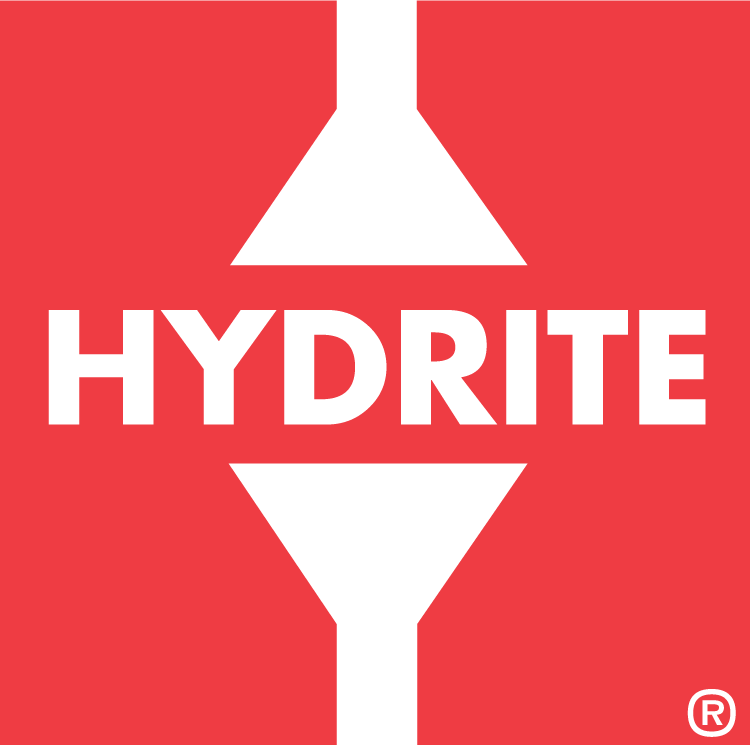Avian Influenza

Hydrite Avian Influenza Frequently Asked Questions (FAQ)
-
The influenza type A virus causes avian influenza (AI), which infects poultry such as chickens, turkeys, domestic ducks, geese, and wild birds. The AI viruses are classified by two groups of proteins: “H” (hemagglutinin) and “N” (neuraminidase). There are 16 H (H1-H16) and 9 N (N1-N9). They are further classified by their pathogenicity, which is the ability to produce disease in domestic chickens.
Highly pathogenic avian influenza (HPAI) virus strains are extremely infectious, often fatal to chickens, and can spread rapidly from flock-to-flock.
Low pathogenicity avian influenza (LPAI) virus strains occur naturally in wild migratory waterfowl and shorebirds without causing illness. LPAI can infect domestic poultry, creating little or no signs of illness.
The United States Department of Agriculture (USDA) first detected the Eurasian H5 HPAI in a wild American wigeon in South Carolina in mid-January 2022. Eurasian H5 HP had not been detected in a wild bird in the United States since 2016. The USDA immediately began tracking the progress of the disease in wild birds. The first commercial flock to be confirmed for HPAI was in Indiana in early February 2022. Since this first detection, several other states have confirmed infected flocks including South Dakota, Wisconsin, and Missouri. USDA is closely tracking the spread, developing tools and procedures for farmers to implement to mitigate the spread of the disease.
References: www.aphis.usda.gov
USDA Animal and Plant Health Inspection Service (APHIS) has compiled resources through their “Defend the Flock” program. Biosecurity is critical to prevent the infection of commercial flocks. Free information and procedures can be found on the USDA APHIS website. The Resource Center has biosecurity template procedures in English, Spanish, Chinese, Vietnamese and Tagalog languages. These procedures include written documentation as well as videos and webinars.The resources can be found here: www.aphis.usda.gov
-
Sanitizers reduce 99.9% or 3 log of specific test bacteria in 5 minutes on non-food contact surfaces. Sanitizers reduce the bacterial contamination to levels safe as determined by public health authorities. In food processing, sanitizers are used on a routine basis at the end of the cleaning and sanitation procedures. Sanitizers are routinely used on food contact surfaces.
Disinfectants kill a wider range of microorganisms including bacteria, fungi and viruses. EPA Test Guideline OCSPP 810.2200: Disinfectants for Use on Environmental Surfaces provides guidelines for antimicrobial pesticides intended to be used as disinfectants on hard, non-porous surfaces. OCSPP 810.2200 can be referenced for organism specific kill rate criteria. All products should meet the performance standard associated with the method and microbe at ≤10 minutes of contact. Disinfectant levels are not generally used on food contact surfaces and not used on people. If disinfectant levels are used on tabletops (i.e. in cafeterias) EPA considers this a food contact surface and a rinse must be conducted post disinfection process.
Sanitizers are used at much lower concentrations than disinfectants and, generally, at less contact time.EPA Summary of Federal Insecticide, Fungicide, and Rodenticide Act
AI is a virus and mitigation requires disinfectant level sanitation. Read the product label for the proper concentration and contact time.
This Environmental Protection Agency (EPA) released List M: Register Antimicrobial Products with Label Claims for Avian Influenza (AI). Hydrite has several products available for use on this list. (See Hydrite Product List for Antimicrobial Products with Label Claims for Avian Influenza). Use products according to label.
USDA APHIS has a templated procedure for cleaning and disinfecting poultry enclosure areas. www.aphis.usda.gov
Additionally, USDA APHIS lists Biosecurity Basics for visiting farms:
- Keep visitors to a minimum: Only allow employees who care for the flock to come in contact with the birds. Track all who are on the property at all times and follows biosecurity procedures.
- Wash your hands before and after coming in contact with live poultry: This prevents not only the spread of disease from farm to farm or bird to bird, it mitigates the spread of other pathogens like Salmonella, which impacts human health. Follow proper handwashing procedures:
- Wet hands using water as warm as comfortable
- Apply cleaning compound
- Vigorously rub together the surface of lathered hands and arms for at least 20 seconds.
- Rinse with clean water.
- Dry thoroughly with paper towels.
- Washing may be followed with hand sanitizer.
- Hydrite handwashing and sanitizing products can be found in Hydrite Hand Care Products
- Provide disposable boot covers (preferred) and/or disinfectant footbaths for anyone coming in contact with the flock: Remove gross soils prior to stepping into disinfectant bath. Ensure footbath is maintained at the proper chemistry level according to the chemical label.
- Change clothes before entering poultry areas and before exiting property: Visitors should wear protective outer garments or disposable coveralls, boots and headgear if handling birds, and shower and/or change clothes when leaving facility.
- Clean and disinfect tools or equipment before moving them to a new poultry facility: Before allowing service vehicles, trucks, tractors, or tools and equipment, including egg flats and cases that have come in contact with birds or their droppings, to exit the property, make sure they are cleaned and disinfected to prevent contaminated equipment from transporting disease. Do not move or reuse items that cannot be cleaned and disinfected—such as cardboard egg flats.
- Look for signs of illness: Know the warning signs of infectious bird diseases.
- Sudden death without clinical signs
- Lack of energy or appetite
- Decreased egg production or soft-shelled or misshapen eggs
- Swelling of head, comb, eyelid, wattles, and hocks
- Purple discoloration of wattles, comb and legs,
- Nasal discharge, coughing and sneezing
- Incoordination
- Diarrhea
- Report sick birds: Do not wait. Call USDA 1-866-536-7593.
References: https://www.aphis.usda.gov/
